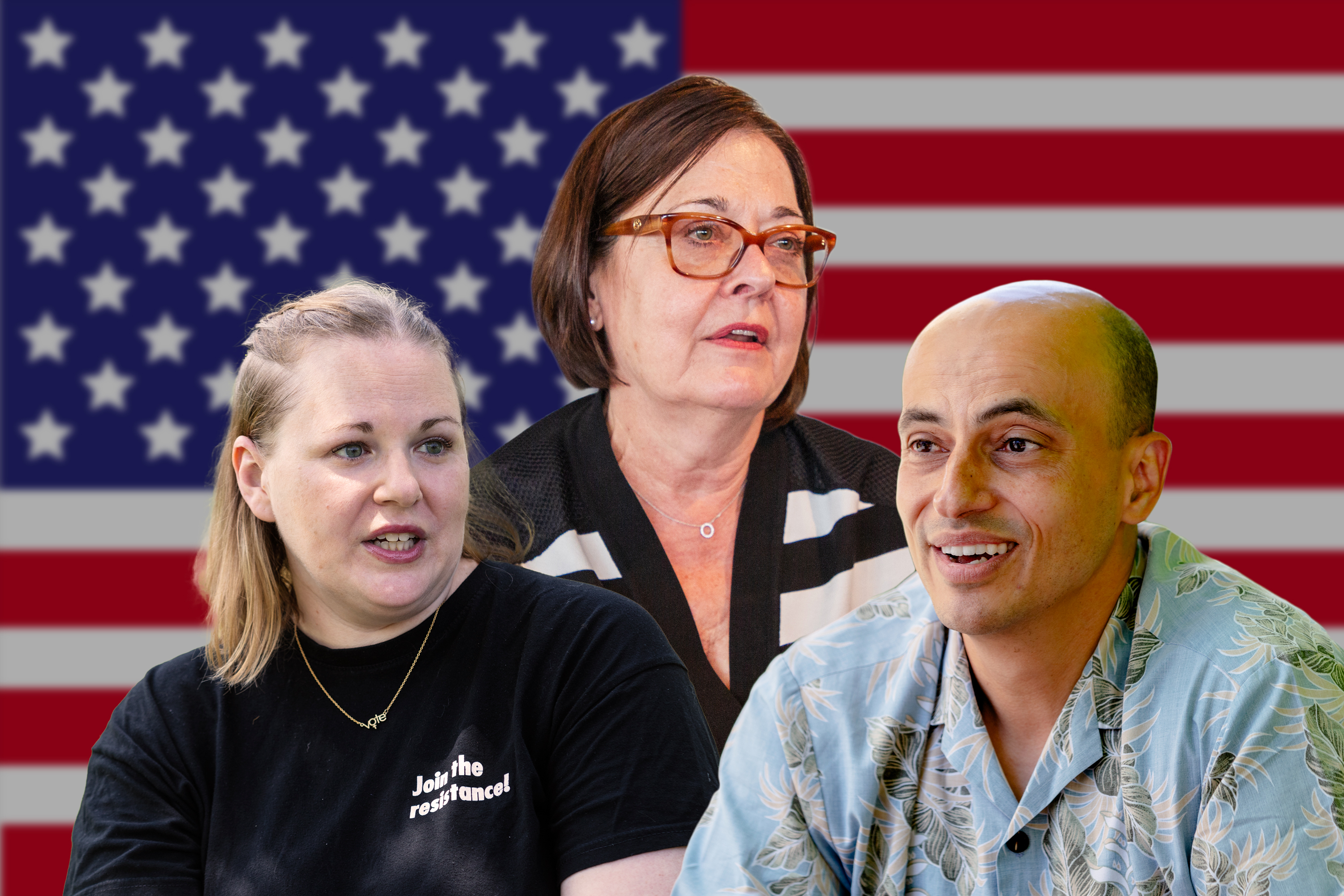How the UN plans to connect every school to the internet by 2030

Two Geneva-based UN agencies, UNICEF and the ITU, have come up with the ambitious plan to get all schools around the world online by 2030. Alex Wong, co-lead of the Giga project, explains the initiative to bridge the digital divide.
Nearly half of the world’s six million schools lack internet access, most of them in developing countries and remote rural areas. To address this digital divide, the International Telecommunication Union (ITU) and the United Nations Children’s Fund (UNICEF) are on a mission to connect all the world’s schools to the internet by 2030. That’s just six years from now. Is it doable? And will internet access really help to make the world more equal? SWI swissinfo.ch spoke with Alex Wong, co-lead of the Giga project at the ITU, on the sidelines of the first ever Giga Connectivity Forum in Geneva (July 9-10), where a new hub is set to open by the end of the year.

SWI swissinfo.ch: Why is it essential for schools worldwide to have internet connectivity?
Alex Wong: Nearly half of the estimated six million schools in the world are not connected to the internet to this day, denying some 500 million children and young people access to online education. The Covid crisis highlighted the challenges and importance of digital connectivity. Today, we see that unconnected children during the pandemic were slower to progress, not only in education but also in being part of the community and securing jobs for the future.
This digital divide disproportionately affects developing countries and remote areas. In high-income countries, approximately 90% of the population enjoys regular internet access, whereas in low-income countries, this rate drops to around 40%. Similarly, people in high-income countries usually spend 0.4% of their monthly income on connectivity, while in low-income countries, this expense averages 8.6% of their income and can reach up to 20%. This means that the internet is about 20 times less affordable in low-income countries. Also, of the 2.6 billion people unconnected in the world, a majority are women and girls.
Giga addresses this inequality and strives to connect every young person to information, opportunity and choice. Connecting schools allows children to develop digital skills and access online learning content. Plus, schools can become anchor points that deliver internet access to surrounding communities.
SWI: Concretely, how does Giga work to get schools online?
A.W.: Our goal is to create the necessary conditions, including making data and tools available, to facilitate investor engagement in our project. We begin by mapping the location of schools and monitoring their connectivity status in real time. Since the project’s launch in 2019, we have mapped over 2.1 million schools around the world using artificial intelligence to automatically identify schools from satellite imagery, including in Ghana, Kenya, Niger, Rwanda and Sierra Leone. We then model the infrastructure and investments needed to deliver connectivity. In a later stage, we help governments secure financing and contract connectivity for schools with service providers, by engaging with the private sector.
In Giga’s connectivity map, green dots represent connected schools, red dots unconnected schools, and blue dots are schools with an unknown status:
SWI: Giga is now active in 34 countries and has mapped 2.1 million schoolsExternal link. What are the key challenges you face?
A.W.: Most of our programs in those countries are still in the early phases of mapping and modelling. To date, Giga has supported increased access to connectivity for 14,500 schools, benefiting approximately 7.79 million students. The main challenge has been accessing the data regarding the schools’ locations and connectivity status. We are now starting to move further into the financing and contracting phases and are eager to start connecting more schools. Looking ahead, we hope to demonstrate this model at a country level.
SWI: How will local communities benefit from the schools’ connectivity?
A.W.: The Boston Consulting Group assessedExternal link how school connectivity could connect surrounding communities. They found that approximately 90% of the costs for school connectivity could be covered by including other users. For instance, during school hours, a minimum connectivity of 20 Mbps could support around three to four classrooms accessing the internet simultaneously. After school hours, this same connection could serve 30 to 40 connections in the nearby village, possibly through a Wi-Fi network. This means the school and students would not have to pay for their connectivity themselves.
SWI: As you said, offline schools are often located in remote areas. Is there a concern that internet access could primarily promote a “Western” view of education, potentially overshadowing traditional learning methods?
A.W.: Achieving meaningful connectivity has been designated a top priority by all 193 UN member states. Of course, preserving local content is critical in the UN’s view. At Giga, we focus on providing basic connectivity rather than the content. However, many other UN agencies, such as UNICEF and UNESCO, address content-related issues and child online protection. There is no doubt that ensuring that every person has safe and affordable access to the Internet by 2030 is a universal objective.

SWI: Giga has partners such as the Musk Foundation, Ericsson, and Dell. Could these companies be using this initiative to expand their market into underdeveloped areas?
A.W.: The ITU adopts a multistakeholder approach, including governments, the business sector, civil society, academics, and other technical experts. We need all stakeholders to work together as the public sector cannot afford to implement these changes on its own. Do companies use that opportunity to promote their businesses? I would suspect they do. However, safeguards are in place, such as ITU’s principles of impartiality and neutrality. Our partnership agreements clearly state that we are not promoting any specific technology or approach.
SWI: What’s next? Are you confident you will reach your goal by 2030?
A.W.: The big development this year will be the opening of the Giga Global Connectivity Centre in Geneva, which will offer workshops through a Learning Hub, and develop strategies for the financing and the contracting phases. Last year, we also opened our Giga Tech Centre in Barcelona where our engineers and data scientists build our open-source tech products. These new centres will enable further progress, and we hope to see concrete results in connecting schools by 2027.
SWI: The first ever Giga Connectivity Forum is currently taking place in Geneva. What outcomes are you hoping to achieve?
A.W.: Exactly, for the first time all countries active in Giga are gathering. Around 70 government representatives from 25 countries are attending the forum, as well as local and international experts. Our aim is to get the community to share among themselves, evaluate progress and showcase different tools and frameworks we’ve been working on at the ITU. It’s also the opportunity to highlight the role of international Geneva in promoting school connectivity.
Edited by Imogen Foulkes/dos

In compliance with the JTI standards
More: SWI swissinfo.ch certified by the Journalism Trust Initiative











You can find an overview of ongoing debates with our journalists here . Please join us!
If you want to start a conversation about a topic raised in this article or want to report factual errors, email us at [email protected].